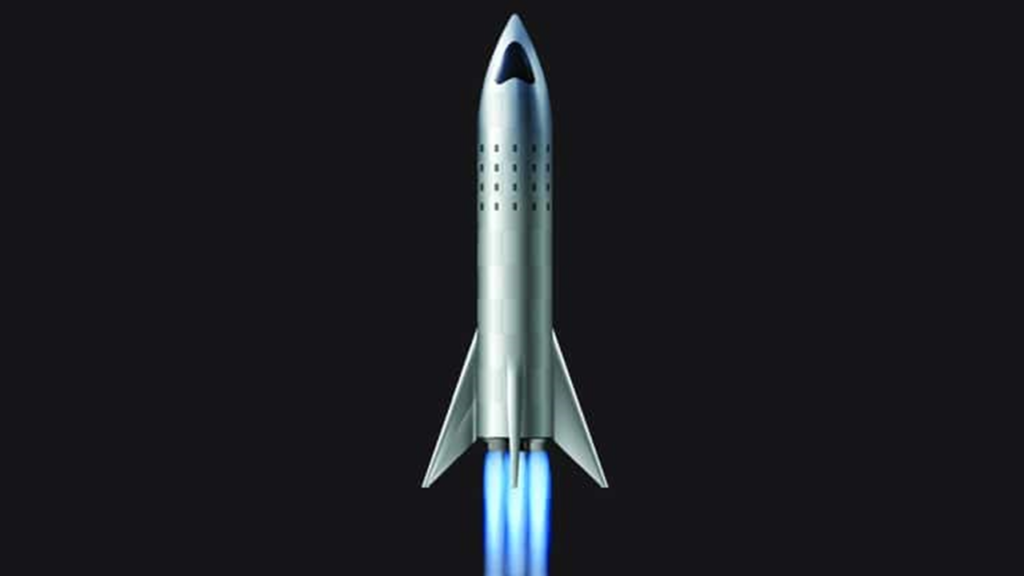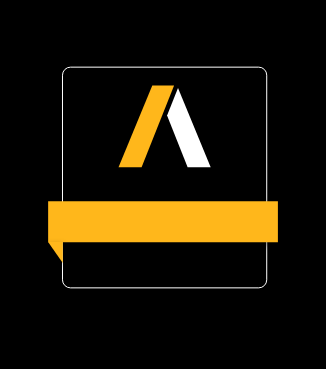
The principles of modern rocketry have roots that can be traced back to the first century AD. These early devices were propelled by gunpowder and resembled fireworks more than the rockets we think of today.
While modern-day rockets have taken leaps forward in sophistication, they are still governed by the same principles. Most importantly, the propulsion system must be able to overcome the forces of drag and/or gravity to quickly deliver a payload or to move the body to a predetermined point. The rocket must also be aerodynamically balanced, allowing for flight stability. Stability in flight keeps the rocket from deviating off course or crashing before it reaches the target.
When designing a rocket for competition or as a hobby, understanding the force of drag acting on the rocket, as well as the design’s stability across the performance envelope, is crucial to making design changes. Computational fluid dynamics (CFD) analysis can help guide rocket designers of all skill levels in their understanding of these basic principles. In this course, students will learn the basics of CFD analysis from the creation of rocket geometry using computer-aided design (CAD) tools all the way through to running initial CFD analyses and performing validation checks on their model. This course will give students the tools required to perform CFD studies, as well as validate their designs.
Download the simulation files from here to follow this course.
Alternate video link.
-
Cost: FREE
- Course Duration: 1-2 HOURS
- Skill Level: Student Teams
- Skills Gained: Ansys Fluent, Stability Analysis, Ansys Fluent Meshing
No reviews available for this learning resource.









